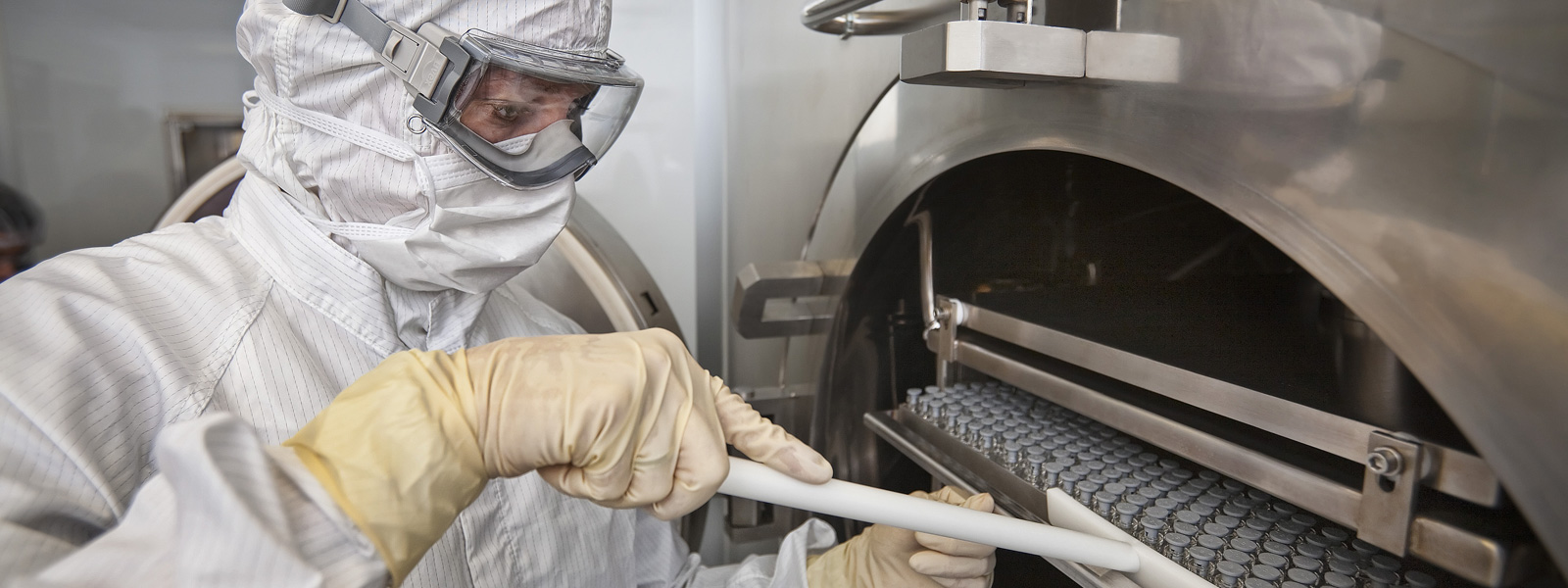Supporting a Lean Culture and Quality Management in the Digital Age
According to a report by PwC, industrial sectors worldwide plan to invest $900 billion in Industry 4.0 each year. Despite these growing technology investments, only a few technologies are significantly mature to drive measurable quality impacts.
